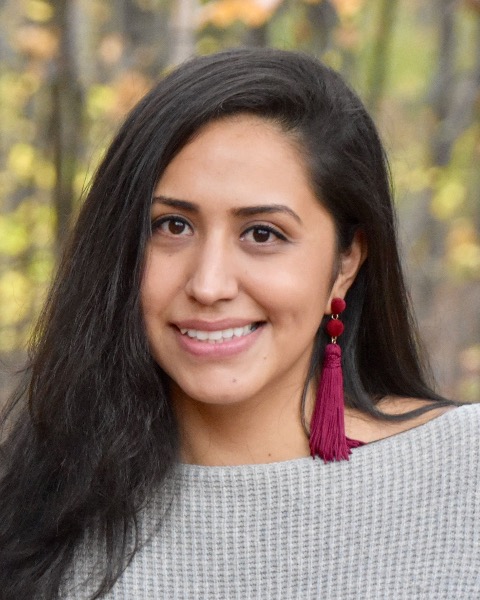Research (R)
PP1311 - Walking While Listening to Accented and Non-Accented Speech

Miriam Munoz (she/her/hers)
Doctoral Student
University of Massachusettts Amherst
UMass Amherst
Amherst, MassachusettsDisclosure(s): No financial or nonfinancial relationships to disclose.

Karen S. Helfer, PhD
University of Massachusetts Amherst
Amherst, MassachusettsDisclosure(s): No financial or nonfinancial relationships to disclose.
- RF
Richard L. Freyman, PhD
University of Massachusetts Amherst
Amherst, MassachusettsDisclosure(s): No financial or nonfinancial relationships to disclose.
- RV
Richard VanEmmerik
Disclosure(s): No financial or nonfinancial relationships to disclose.
- HJ
Hwigeum Jeong
Disclosure(s): No financial or nonfinancial relationships to disclose.
- MA
Mariana Aquino
Disclosure(s): No financial or nonfinancial relationships to disclose.
- DN
Dane Napoli
Disclosure(s): No financial or nonfinancial relationships to disclose.
- EM
Emily Merritt
Disclosure(s): No financial or nonfinancial relationships to disclose.
Lead Presenter(s)
Contributor(s)
Dual-task studies have been used to quantify listening effort. This idea is based on a limited capacity model: when more cognitive capacity needs to be used for listening, less remains for encoding information into memory or performing another task simultaneously. Increased effort therefore will be reflected as increased dual-task costs. One example of a real-life dual-task situation is listening to speech while walking. The present project aims to assess listening effort via quantifying the costs involved in walking while listening to and remembering native-English (an easier condition) and Spanish-accented (a harder condition) speech in older, middle-aged, and younger adults.
Summary:
Rationale/Purpose
As we age, understanding speech in challenging listening situations (such as listening to accented speech) often becomes difficult. These age-related changes may be due to an increased effort needed to communicate successfully. This increased effort or cognitive load may be the reason why middle-aged adults with clinically normal hearing sometimes report difficulty in daily conversations. Dual-task studies of listening while walking have been used to quantify listening effort/cognitive demand. Results of these studies show there is a clear cost involved in walking while listening and remembering. The objective of the present project is to further quantify dual-task costs involved in walking while listening and remembering as a function of age and the difficulty of the listening task.
Methods
20 younger adults (18-25 years), 20 middle-aged adults (45-65 years), and 20 older adults (65-85 years) were recruited and completed a listening-while-walking paradigm. This paradigm involved completing a sentence repetition task and a memory task while sitting and while walking. The subject walked back and forth between two cones on the ground. Using 14 motion capture cameras, we measured walking mechanics (gait speed, step length, and step width). In the sentence repetition task, the subject heard sentences and was asked to repeat them back. In the memory task, at the end of a set of five sentences, the subject repeated back the last word of each of the five sentences they just heard. Stimuli were IEEE sentences spoken by native English talkers (L1; the easy listening condition) or native-Spanish talkers (L2; the harder listening condition). All subjects participated in a total of four experimental conditions: Sitting L1, Sitting L2, Walking L1, and Walking L2.
Results and Conclusion
Based on previous research, we anticipate that dual-task costs will be revealed for the memory tasks and walking mechanics, but not necessarily for speech understanding. We predict that these costs will be larger for the middle-aged and older participants than for the younger participants, indicating increased effort involved in listening in these groups of individuals. We also predict that costs will be greater in the more difficult L2 condition than when participants are listening to non-accented speech, again reflecting the increased effort involved in listening to accented speech.
This work was supported by NIH grant #R01 DC 012057.
Learning Objectives:
- Upon completion, participants will be able to describe the dual-task costs of two different listening conditions, demonstrate the effects of age on a dual-task cost, and identify the interaction.
